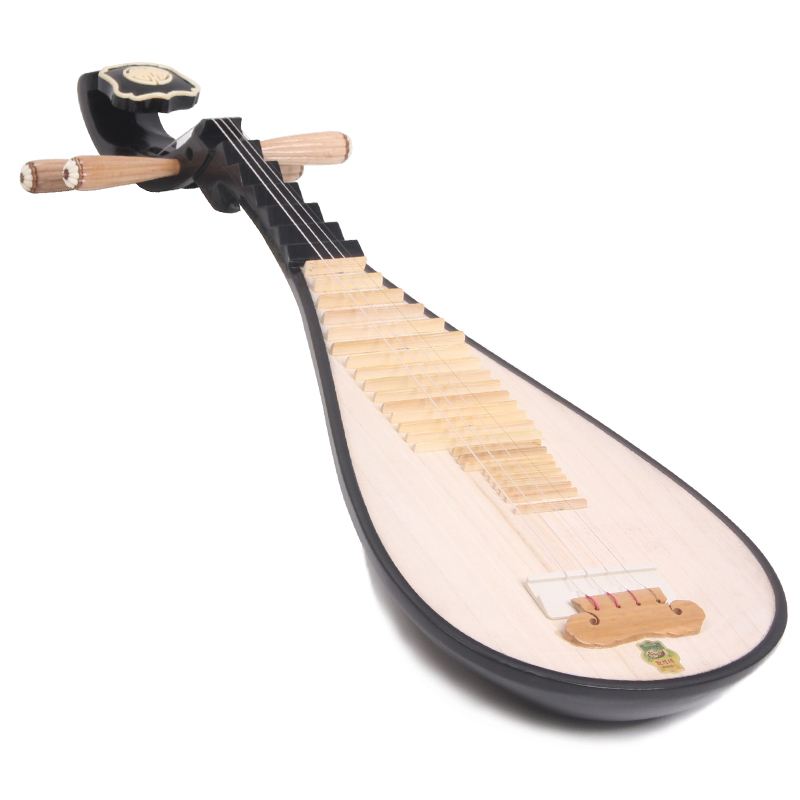Introduction to Pipa School - Chongming School
Chongming is located in the northeast corner of Shanghai. It was passed down by the master of "Yingzhou Ancient Melody". Because it originated in Chongming Island, later generations are called Chongming School. The Chongming School has been handed down from generation to generation by Jiang Tai, Huang Xiuting, Shen Zhaozhou, Fan Ziyun, Fan Shaoyun, etc., and is famous for its timeless and beautiful literary style.

The Chongming school pipa can be traced back to the Kangxi period of the Qing Dynasty more than 300 years ago. At that time, the northern school pipa was introduced to the Tongzhou area near Chongming, including Bai Zaimei, Zi Yuru father and son, Fan Huapo, Yang Tingguo and others. The early Chongming school pipa inherited the northern school pipa of Bai Zaimei, and its style evolution was influenced by local customs.
In 1916, the publication of "Yingzhou Ancient Diao" edited by Shen Zhaozhou and re-edited by Xu Lisun was renamed "Mei'an Pipa Spectrum" and published, thus making the Chongming School Pipa able to carry forward. In 1918, Liu Tianhua, a master of modern Chinese music in my country, studied the ancient pipa music of Yingzhou with Shen Shi, and brought these music to various places to perform. In 1928, he produced the main music of the school, "Fei Hua Dian Cui". Pipa played a very positive role.
The Chongming school pipa fingering requires "the twisting method is sparse and strong, the wheel method is dense and clear", and advocates "slow and continuous, fast but not chaotic, elegant and upright music, not too high in pitch, not too fast in festival". In particular, the wheel finger is good at "coming out of the wheel", so the sound is delicate and soft, it is good at expressing quiet and elegant emotions, and it has a leisurely and delicate taste. At the same time, "heavy clips and light wheels" prefer monophonic and clipped bullets, thinking that "although wheel fingers are easy to listen to, but too many are too low and inelegant". Therefore, most of his repertoires are wenban ditties, among which the famous slow and wenban pieces such as "Flying Flowers and Green", "Zhaojun Resentment", etc., are elegant and upright; "Fish's Playing in Water" and other ditties are full of life interest.
Involving musical instruments
Guess you like
Hot news
- 01 The handsome guy in 1997 is so advanced in pulling erhu! Netizen: Come and "wash your ears"
- 02 How to tune the liuqin
- 03 Dulcimer exam and performance repertoire
- 04 The Simple Difference Between Guqin, Se, and Guzheng
- 05 Xiaoxiang Water and Clouds: A Deep Analysis of Humanistic Connotation and Natural Feelings in Guqin Music
 渝公网安备 50010702504639号
渝公网安备 50010702504639号